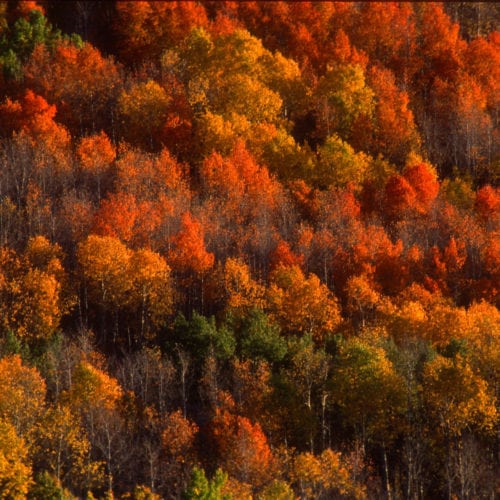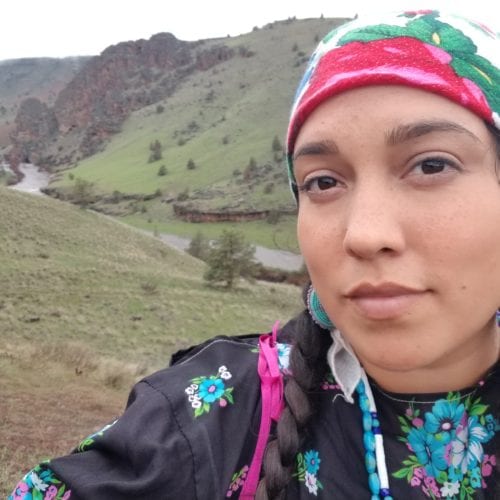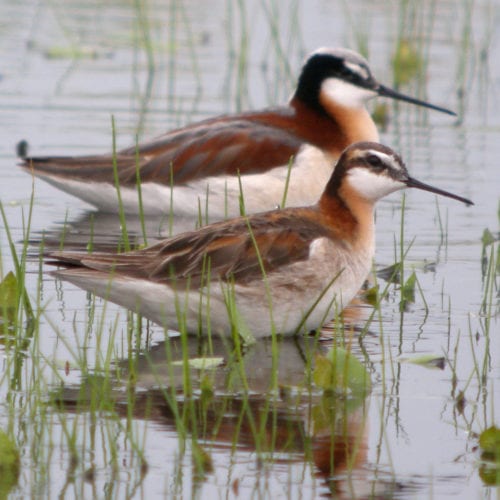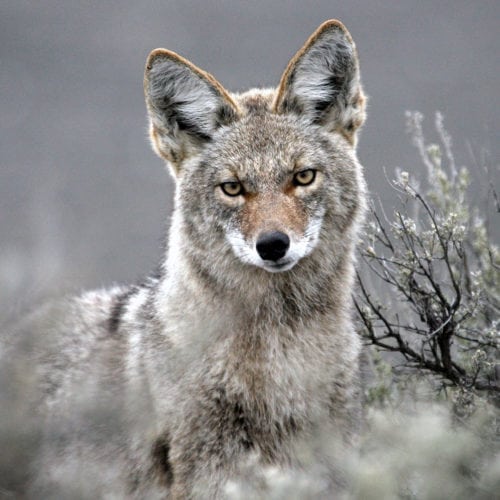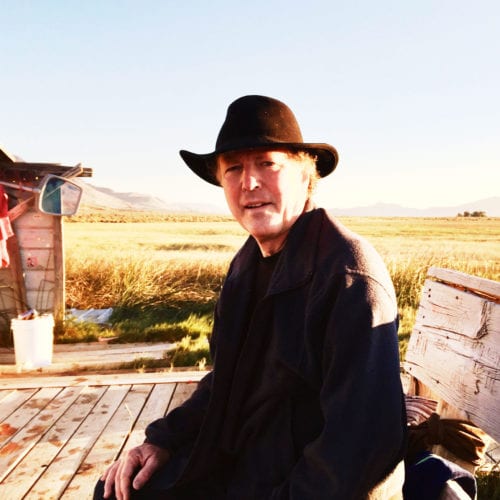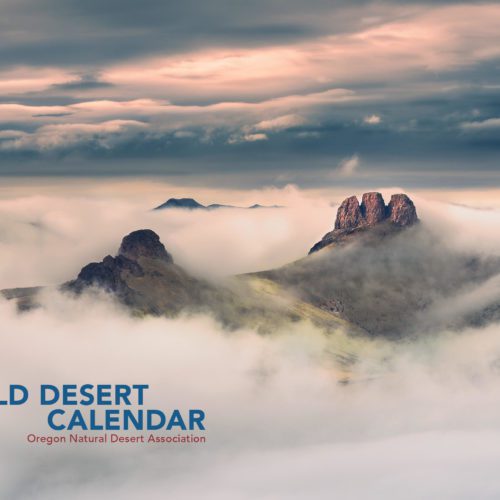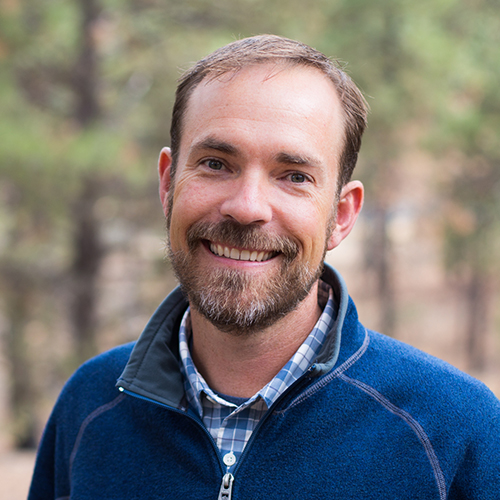Autumn – The Best Time to Visit Oregon’s Desert?
Spring, summer and winter are all strong contenders, but there’s mounting evidence that autumn could be the very best season to visit Oregon’s high desert. Consider … Temperature – Daytime […]
Read MoreAnti-Public Lands Activist Now Running BLM
The Bureau of Land Management’s new acting director, William Perry Pendley, is a longtime proponent of selling off public lands and waters The Trump administration’s move to appoint William Perry […]
Read MoreTribal Stewards Program Provides Career Mentorship
In early July, a crew of young adults – CeCe Andy (Warm Springs and Yakama), Monique Moody (Wasco and Northern Paiute) and Dakota Pablo (Pima and Navajo) led by Tiyana […]
Read MoreThree Amazing High Desert Inhabitants
Oregon’s high desert is a land of many superlatives. You’ll find North America’s fastest land mammal here, as well as its largest fault block mountain. Perhaps most intriguing are the […]
Read MoreThe Creation Story and the Malheur Cave
For the Paiute of the Great Basin of the American West, winter is storytelling season. Around the fires of Paiute camps and villages, storytellers passed on tribal visions of the […]
Read MoreA Conversation with Kim Stafford
Author of a dozen books of poetry and prose, Kim Stafford is Oregon’s Poet Laureate for 2018 to 2020. He follows after Elizabeth Woody, who served as Oregon’s Poet Laureate from […]
Read MoreGive yourself a pat on the back! You accomplished so much for Oregon’s desert this year! Flip through this year in review for just a handful of the many great […]
Read MoreA Gift Appreciated Worldwide
ONDA’s Wild Desert Calendar Goes Abroad Giving a Wild Desert Calendar as a gift has become something of a tradition among a number of ONDA members. So, where do all […]
Read MoreQ&A with ONDA’s new executive director
Over the course of two decades in the nonprofit sector, Ryan Houston has developed a reputation as a committed and effective leader in Oregon conservation, well known for strategic vision […]
Read MoreMeet Mac Lacy
ONDA has protected millions of acres of public land throughout Oregon as a result of winning or successfully settling more than 85 percent of our federal actions since 2001. We […]
Read More